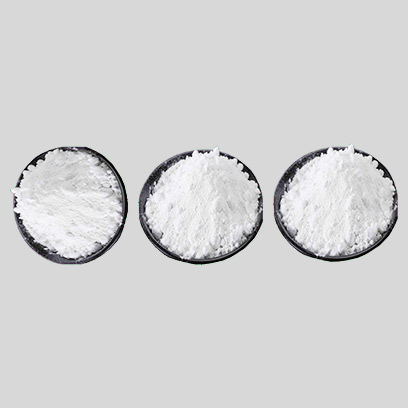
Aug . 13, 2024 17:11 Back to list
Exploring the Properties and Applications of Titanium Dioxide in Various Industries and Technologies
Titanium Dioxide (TiO2) Versatile Applications and Importance
Titanium dioxide, often represented by the chemical formula TiO2, is a naturally occurring mineral that possesses unique properties, making it one of the most widely used substances in various industries. Known for its brilliance and high refractive index, titanium dioxide is primarily utilized as a white pigment in paints, coatings, plastics, and even food products. This article explores the significance, applications, and safety considerations associated with titanium dioxide.
Titanium Dioxide (TiO2) Versatile Applications and Importance
In addition to paints, titanium dioxide is extensively used in the plastics industry. It enhances the opacity, brightness, and durability of various plastic products, from packaging materials to consumer goods. As the demand for high-quality plastic products continues to grow, the use of titanium dioxide becomes increasingly crucial, contributing to the overall performance and visual appeal of plastic items.
titanium dioxide 171

Another significant application of titanium dioxide is in the production of sunscreen and cosmetics. Due to its ability to effectively block ultraviolet (UV) radiation, TiO2 is often incorporated into formulations to provide broad-spectrum UV protection. This not only helps protect the skin from harmful sun exposure but also aids in preventing skin aging and other UV-related damages. Furthermore, titanium dioxide is generally regarded as safe for topical use, although the method of application (such as in nano-sized particles) remains a topic of scientific discussion.
Beyond these traditional uses, titanium dioxide is garnering attention for its potential in environmental applications. Photocatalytic properties of TiO2 make it a promising candidate for air and water purification. When exposed to UV light, titanium dioxide can facilitate chemical reactions that break down pollutants, thereby contributing to cleaner air and water. This characteristic has led to its incorporation in self-cleaning surfaces, where it helps degrade organic contaminants on building materials and glass surfaces.
Despite its many advantages, there are ongoing discussions about the safety of titanium dioxide, particularly in its nanoparticle form. Concerns have been raised regarding potential health effects associated with inhalation or ingestion of TiO2 nanoparticles. Regulatory bodies, including the European Food Safety Authority (EFSA) and the U.S. Environmental Protection Agency (EPA), continue to assess these risks to establish appropriate guidelines for safe usage. It is essential for manufacturers to adhere to safety regulations and conduct thorough testing to ensure consumer safety.
In conclusion, titanium dioxide stands out as a multifunctional compound with diverse applications that significantly impact various industries. From enhancing the quality of paints and plastics to providing UV protection in cosmetics and offering solutions for environmental challenges, TiO2 demonstrates remarkable versatility. However, as with any chemical substance, it is vital to address safety concerns through research and regulation to ensure that consumers can enjoy the benefits of titanium dioxide without compromising their health. As technology advances, the future of titanium dioxide looks promising, with potential innovations likely to emerge in both existing and new application areas.
-
Premium 6618 Titanium Dioxide for GPT-4 Turbo Applications
NewsJul.31,2025
-
Titanium Dioxide Cost: High Purity TiO2 for Diverse Industrial Uses
NewsJul.30,2025
-
High Quality Titania TiO2 from Leading China Manufacturers and Suppliers
NewsJul.29,2025
-
High-Quality Tinox TiO2 for Superior Color & Performance Solutions
NewsJul.29,2025
-
High Quality Titania TiO2 from Leading China Supplier & Manufacturer
NewsJul.29,2025
-
High-Performance r6618 TiO2 for Superior Whitening and Versatility
NewsJul.28,2025
